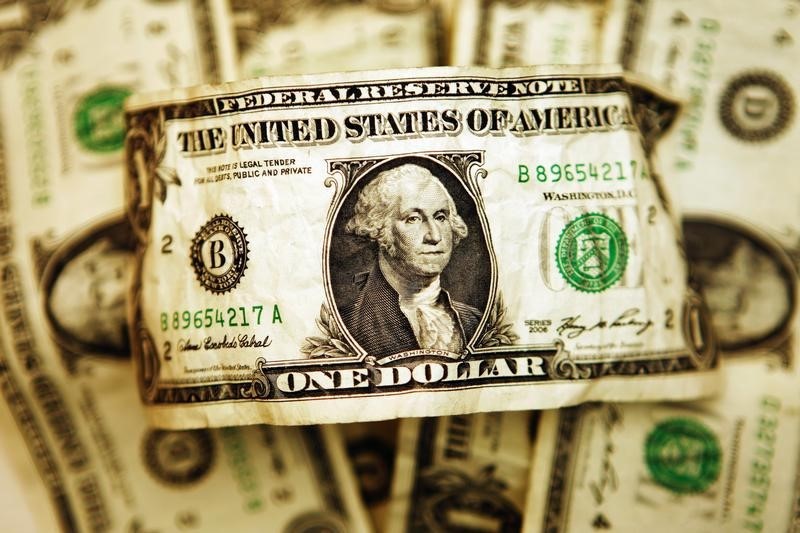Gold prices rise from 2-wk low with focus on Russia-Ukraine, Jackson Hole
* Pound erases early losses after BoE's rate cut
* Dollar down vs yen, Swiss franc and euro
* Market remains nervous of U.S. coronavirus outbreak
By Hideyuki Sano and Tom Westbrook
TOKYO/SINGAPORE, March 11 (Reuters) - The British pound
erased early gains after an unexpected interest rate cut by the
Bank of England on Wednesday, while the dollar resumed its
descent against the safe-haven Japanese yen and Swiss franc on
fears over the spreading coronavirus.
Sterling last traded at $1.2873 GBP=D4 , almost flat on the
day but tumbled from the day's high of $1.2937 after the Bank of
England cut its policy rate for the first time since August
2016, by 0.5 percentage point to 0.25%. "Markets had priced in more than 25 basis points, but not
the full extent of 50 basis points," said Moh Siong Sim,
currency strategist at the Bank of Singapore.
"But it's not a surprise in the sense that the market was
kind of expecting the bank to team up with the U.K.
government...it looks like that 50 basis point rate cut could
signal that we could expect something quite substantial from the
budget itself."
The BoE's move comes as a number of central banks and
governments around the world stepped up efforts to shore up
their economies from the economic impact of the coronavirus
epidemic.
The recovery in safe-haven currencies mirrored falls in U.S.
equity futures and U.S. bond yields in Asian trade on Wednesday,
as the spread of the virus in major economies threatens to brake
business activity and curb consumer spending.
The dollar lost 0.9% to 104.67 yen JPY= , down more than a
full yen from Tuesday's high of 105.915.
The dollar had fallen to as low as 101.18 on Monday. While
Japan may already be in recession, its currency normally rises
at times of major financial market stress because of the
country's current account surplus and its net creditor status.
The Swiss franc gained 0.65% to 0.9335 franc per dollar
CHF= while the euro also rose 0.6% to $1.1349 EUR= .
The dollar jumped on Tuesday as investors hoped global
monetary policymakers would launch further stimulus plans to
reduce the drag on economies from trade and travel disruptions.
But a lack of clarity on what Washington will do has kept
many investors on guard.
U.S. President Donald Trump said on Tuesday he will ask
Congress for a payroll tax cut and other "very major" stimulus
moves, but the details remain unclear. "It is too early to say the market sentiment has turned
positive. Yesterday's rebound in the dollar and in risk assets
is a type of a rebound you often see in a downtrend," said
Shinji Ishimaru, senior currency analyst at MUFG Bank.
"In addition to economic measures, the focus will be on how
much the U.S. can contain the infections to keep the economy
going. That is a very big unknown," he said.
The U.S. Centers for Disease Control and Prevention (CDC)
reported on Tuesday 696 new cases of coronavirus, an increase of
224 from its previous count, and said the number of deaths had
risen by six to 25. Investors are also expecting the U.S. Federal Reserve to cut
interest rates by at least 0.5 percentage point at its policy
review next week, in addition to its emergency rate reduction
earlier this month.
It is not clear if such a move could boost investors' risk
tolerance after global equities tumbled following the Fed's
surprise rate cut just over a week ago, market players said.
But that will surely diminish the dollar's yield advantage
over other major currencies, which has been a main driver of the
dollar's strength in the past few years.
Financial markets are also betting the European Central Bank
will cut its interest rates by 0.10 percentage point on
Thursday. Still with interest rates at minus 0.50%, many
investors think the ECB has limited room for additional cuts.
(Editing by Kim Coghill and Jacqueline Wong)
